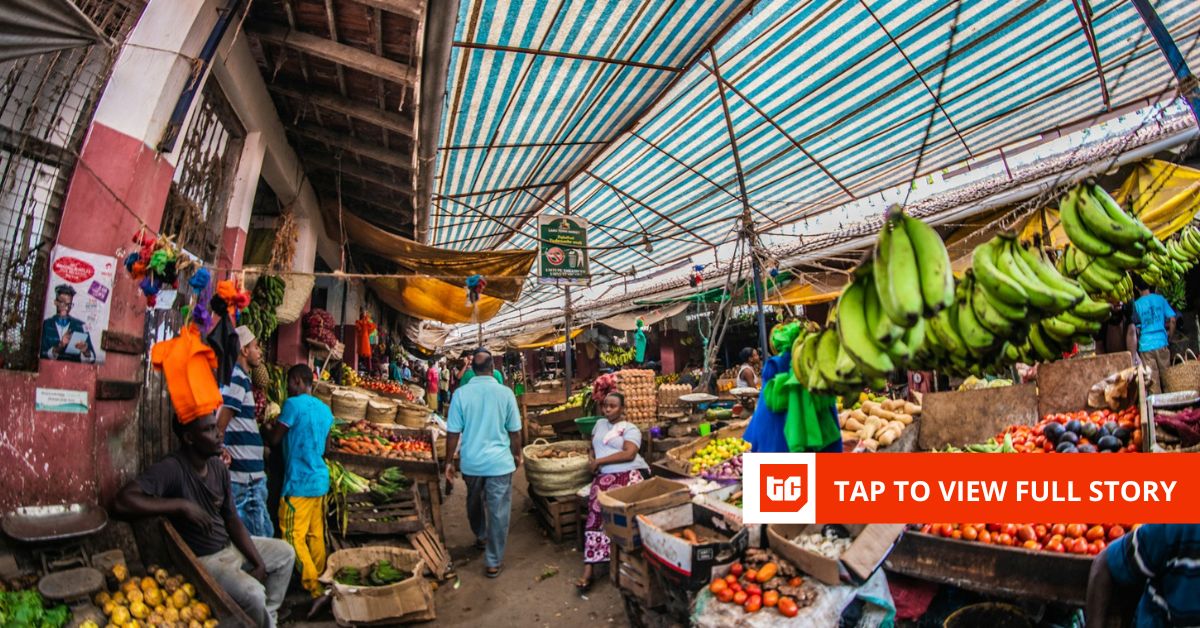For decades, the term “emerging markets” has bundled together a diverse group of countries, all under one label. Latin America, South-East Asia, and Africa – all these regions have been called “emerging markets,” have little in common; each has its unique resources, economic structure, and development history.
While Latin America and Southeast Asia are often seen as reference points for emerging market growth, Africa demonstrates a very different path. Each of these regions has its strengths, but Africa’s mix of demographics, digital behavior, and infrastructure challenges sets it apart.
Latin America (LATAM) stands out for its high urbanisation – about 80% of its population lives in cities. This makes it the most urbanised region among emerging markets, creating a strong foundation for digital growth. With large, densely populated urban centers like São Paulo and Mexico City, digital and fintech services can scale more efficiently. Fintech is especially dominant in LATAM, where traditional banking was prevalent in the past. And the numbers clearly show it. In 2024, fintech startups raised over $2.4 billion in funding, with Brazil accounting for $1.3 billion and Mexico showing rapid growth.
Southeast Asia (SEA), by contrast, is a fast-growing region characterised by mobile-first behavior and strong digital connectivity. With a population of roughly 700 million, the region is home to young, tech-friendly consumers and an expanding middle class, which is a strong foundation for further economic growth. Countries like Indonesia, Vietnam, and the Philippines are leading the digital transformation, particularly in fintech, e-commerce, and logistics. In 2024, Southeast Asia’s startup ecosystem attracted about $2.84 billion in venture capital, with Indonesia and Singapore taking the lead. Investors are increasingly focused on building scalable digital infrastructure to support this growth.
Africa, by contrast, is still developing the basic infrastructure that LATAM and SEA have already built. While Africa’s mobile-first behavior is a big advantage, it also highlights a key challenge: the region has a very uneven digital infrastructure. The continent had 646 million internet users in 2024, with projections pointing to over 1.1 billion by 2029 — 90% connecting through smartphones. Countries like Nigeria and Kenya are leading in mobile adoption, pushing e-commerce platforms to go mobile-first. However, many regions still rely on outdated 2G networks, especially in rural areas, limiting access to fast, reliable internet.
Logistics and payments pose another major problem. Inaccurate or missing addresses in suburban and rural zones lead to failed deliveries, delays, and rising costs. This makes last-mile logistics unpredictable and expensive. Additionally, the demand for quality warehousing in urban centers often outpaces supply, creating bottlenecks for retailers and logistics firms. These issues reveal the infrastructural gaps that must be addressed for Africa’s digital economy to scale sustainably and inclusively.
Despite these obstacles, Africa is skipping traditional stages of development thanks to the young, digitally-native population, mobile technology, e-commerce, and tech sectors.
This mobile-first behavior has opened doors for innovation, especially in areas underserved by legacy systems. Mobile money is one of the clearest examples: with over 1.1 billion wallets active, Africa leads globally in mobile-based financial services. Platforms like Jiji, an online marketplace, are also responding to these realities by creating localised, low-data platforms designed for accessibility across varied infrastructure landscapes.
Africa has the youngest population in comparison to other emerging markets: a median age on the continent is just 19.3 years, compared to about 30 in Southeast Asia and 31.7 in Latin America.
This young population in Africa is not just creating a big potential for the economy, but changing the consumer behaviour that used to be: the number of social media users is growing rapidly and is expected to reach 563.77 million by 2029. This fast-scaling growth of digital audience looks promising for the tech industry and future investments across the continent.
Regarding the investment climate in Africa, the investor interest is concentrated on 4 main markets – so-called “Big Four” – Kenya, Nigeria, Egypt, and South Africa, making the entry of capital to smaller African markets complicated. Yet, the untapped potential is estimated to be around $600 billion, including sectors like healthtech, agritech, edtech, and others.
In summary, Africa isn’t taking the same path as other emerging markets, which it is often compared to. Despite the continent having its bottlenecks like uneven digital infrastructure, logistics hurdles, and local challenges, Africa’s growth is powered by a range of strong factors: new technologies, a young and digital-savvy generation, rising mobile adoption, investor interest – all laying the ground for the future economic growth.
_______
Anton Volianskyi is the co-founder and CEO of Jiji, one of Africa’s leading international marketplaces. For over a decade, he has led the company’s expansion across 8 countries with a team of 800+ professionals, serving over 1 million daily users across the continent.
Mark your calendars! Moonshot by is back in Lagos on October 15–16! Join Africa’s top founders, creatives & tech leaders for 2 days of keynotes, mixers & future-forward ideas. Early bird tickets now 20% off—don’t snooze! moonshot..com










